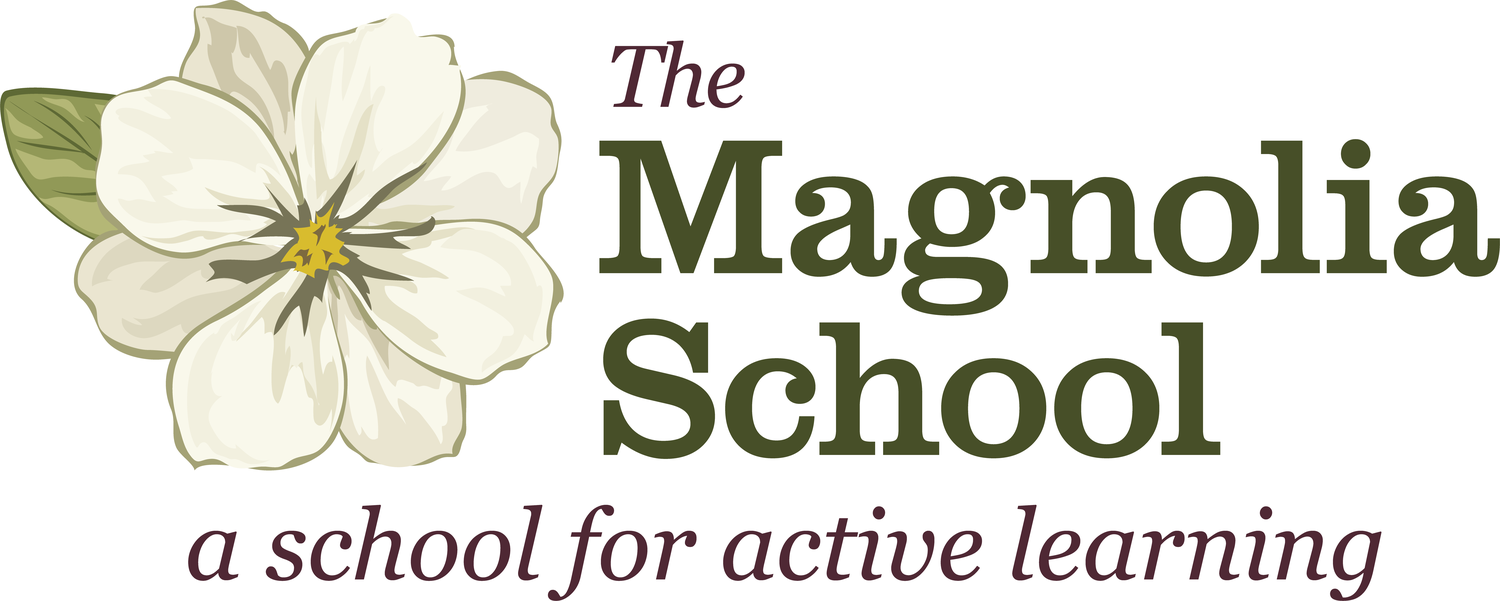DEAR (Drop Everything and Read) time is a part of every day.
Language Arts Curriculum
Our beginning readers enjoy shared and guided reading. In shared reading, small groups read together. The text is chosen for its high interest and predictable nature, and frequently includes rhyming or repeating patterns that serve as cues. The goal of shared reading is to provide opportunities to participate in the reading process in an enjoyable, non-threatening way. In guided reading, the teacher acts as a facilitator to help a child or small groups of children discuss, think, and question their way to discovering new reading strategies.
Our more experienced readers build reading comprehension and gain new experiences through literature groups. Students are given an opportunity every day to read independently. This provides opportunities for rereading familiar favorites and for practicing new skills.
Highlights
Shared, guided, and independent reading
Balanced language approach
Reading and writing are inseparable
Environment encourages free expression
In the balanced language approach we use at Magnolia, reading and writing are inseparable. Our goal is to engage children in reading and writing from their first day at school. We encourage the creative and intellectual flow of ideas onto paper. Each day, students write from their own personal experiences, choosing their own topics. They are given many other opportunities to write throughout the day — notes and cards, journal writing in math, or research on the current theme.
We encourage beginning writers to use developmentally appropriate spelling strategies when they don’t know how a word is spelled. This frees them to write about what they wish, rather than about what they can spell. Then, through small group lessons or individual conferences, teachers present new spelling concepts. As the students gain experience in reading and writing, they are able to use standard spelling.
As each writer’s proficiency increases, we introduce the writing process. Students learn to plan their writing, create drafts, revise to clarify meaning, and proofread for mechanics. The teacher serves as the final editor, addressing appropriate areas for each student’s stage of development. Through the writing process, the students learn about grammar, sentence structure, and organization.

